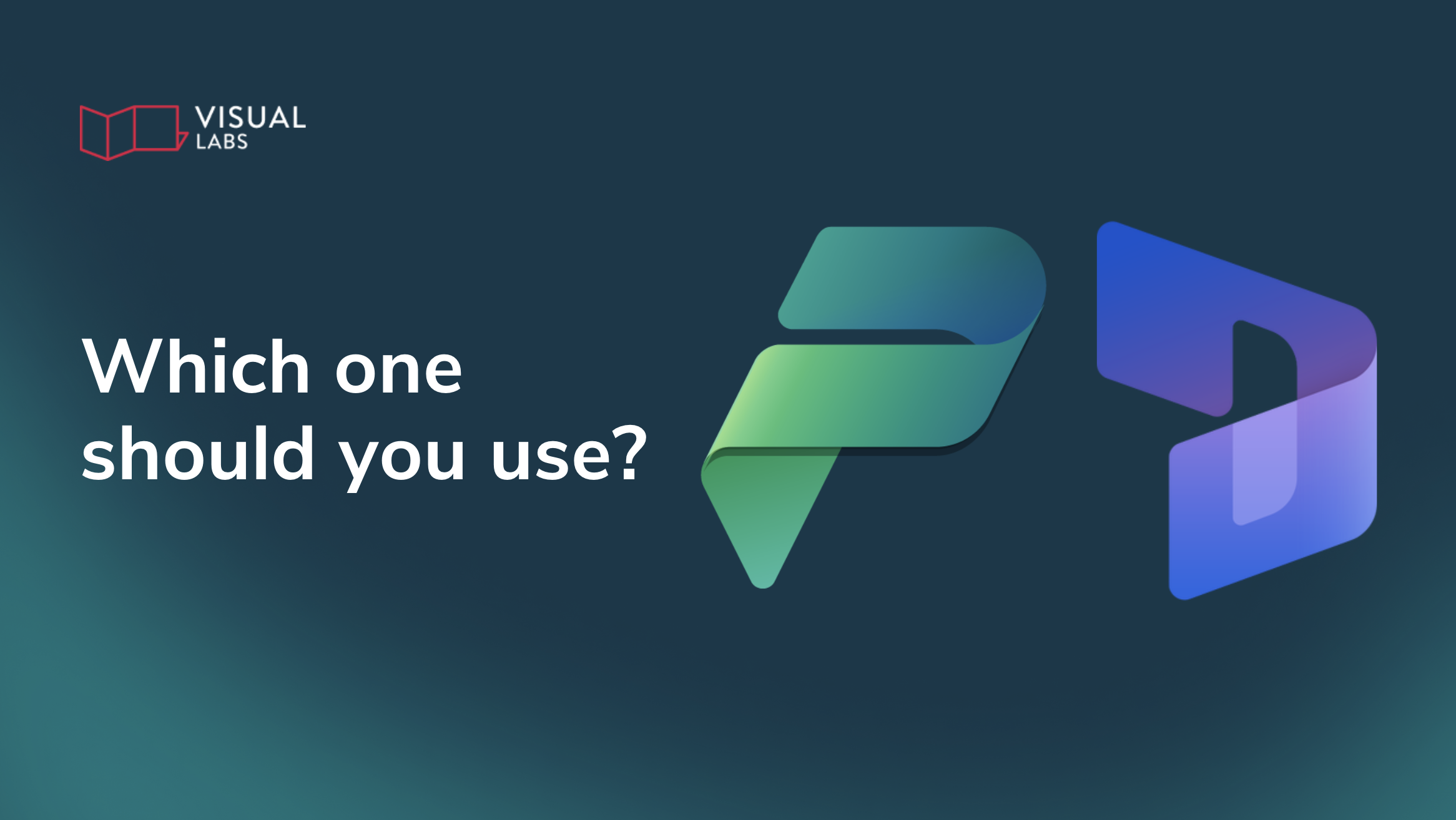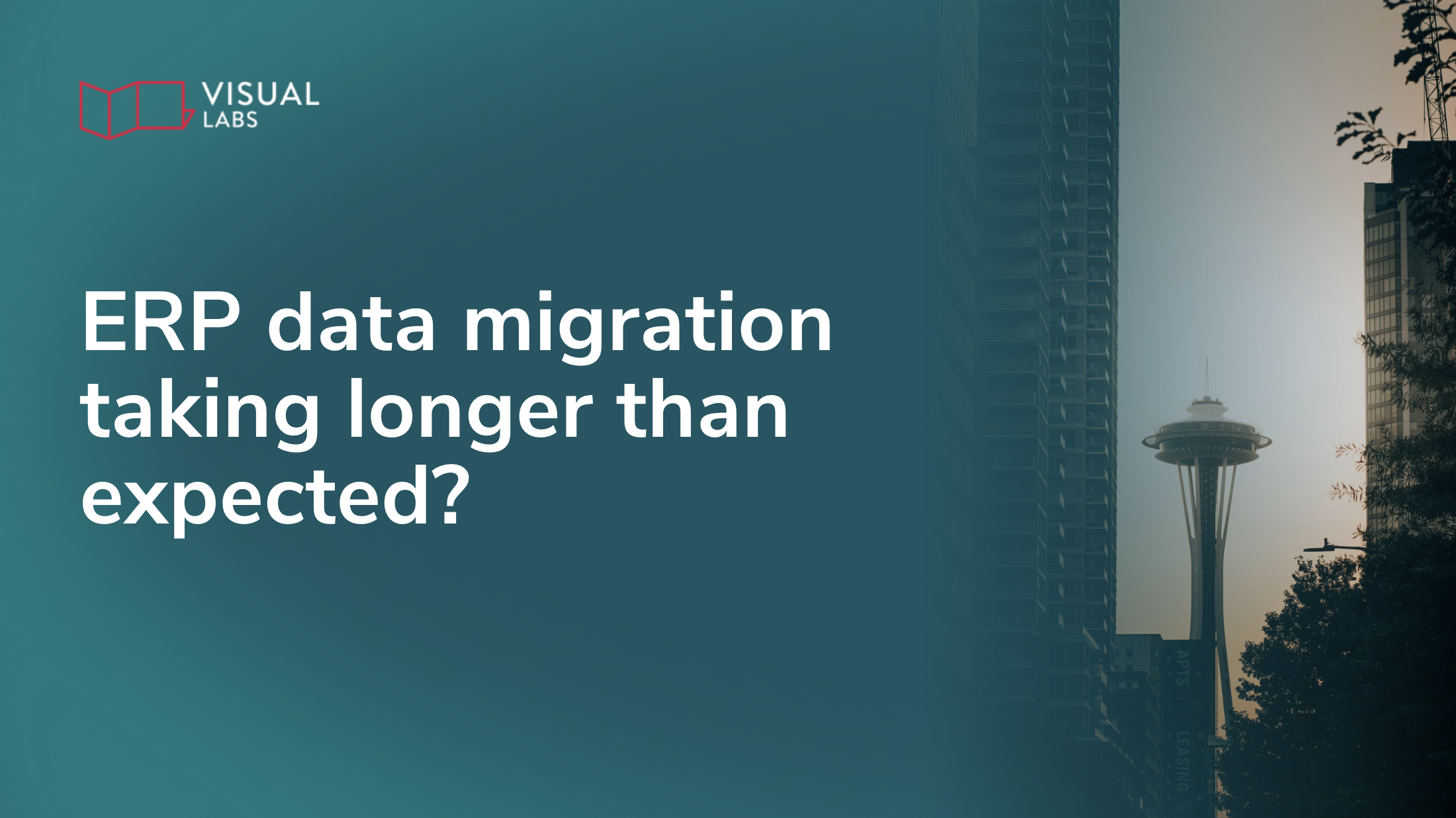Power Platform vs Dynamics 365

TL;DR
IT teams often face a recurring challenge: when should you build on Power Platform and when should you use Dynamics 365? Power Apps feel cheaper, faster, and more flexible, but without clear guardrails you risk rebuilding D365 from scratch, hitting licensing roadblocks, or paying twice for overlapping features. D365 and Power Platform share the same foundation but differ in cost models, out-of-the-box functionality, and roadmap alignment. The takeaway is not to choose one over the other, but to make intentional, use-case-driven decisions: use Dynamics 365 when you need depth, integration, and proven processes; use Power Platform when speed, flexibility, and cost control matter; and often combine both in a hybrid setup. The key is governance — aligning licensing and platform choice with real business needs instead of reacting case by case.
Are you rebuilding what you already own?
"We keep building custom Power Apps for everything — approvals, asset tracking, even sales processes. But are we just rebuilding Dynamics 365 from scratch?"
Many IT Ops teams are stuck in a familiar loop: defaulting to custom Power Platform solutions because they’re faster, more flexible, or just feel cheaper. But somewhere along the way, you start to wonder: when does it actually make sense to use the out-of-the-box Dynamics 365 apps instead?
This is the third part of our series on D365 licensing. In our previous article, we discussed
This post isn’t here to give you a magic answer (spoiler: there isn’t one). Instead, we’ll help kickstart the conversation with a few practical pointers, especially around licensing, and give you the clarity to make better decisions for your business and your budget.
When Power Platform feels like the obvious choice
Power Platform is gaining serious momentum. Go to any community event or conference and you’ll notice the shift: more sessions, more partners, more real-world stories. In many ways, Dynamics 365 tools are built on the same Dataverse platform. They share storage, governance, security, and admin tools. The main differences are their licensing and their out-of-the-box feature-set.
So it’s no surprise many teams ask:
“Why pay £71.60/month for Sales Enterprise when I can build a tailored Power App for £4.10 per user or £16.40 per app?”
“Do we really need the full first-party app — or just a few of the features?”
“Why lock ourselves into Microsoft’s roadmap when we can create what we need ourselves?”
They’re good questions. But they don’t always lead to the right outcome.
The challenge? You’re making decisions without the full picture
The core issue isn’t D365 vs. Power Platform. It’s not understanding the trade-offs, especially when it comes to licensing.
Most teams don’t realise that D365 licences come with embedded Power Platform entitlements, or that standalone Power Apps licences don’t grant access to D365 apps or tables unless explicitly allowed.
So what happens?
You build a custom app. It works. Then a new requirement comes in like full Opportunity management or embedded AI suggestions, and suddenly, you hit a wall. Now you’re stuck either refactoring your app or backtracking into Dynamics 365, paying for features you’ve already replicated.
Meanwhile, no one’s really tracking whether your licence mix still makes sense.
Clarify the use case before choosing the tool
There’s no one-size-fits-all rule. But here are some guardrails that help.
Use Dynamics 365 when:
- You need rich, ready-made functionality (e.g. forecasting, SLAs, AI suggestions, complex case routing)
- You need proven process best practices, rather than designing and building them from scratch
- Your business processes match Microsoft’s domain models reasonably well
- You want native integrations with Microsoft tools like Outlook, Teams, LinkedIn Sales Navigator, or Copilot for Sales
- You’re okay with higher cost per user, in exchange for lower development overhead — depending on your specific needs
- You need certain customer features (e.g.: scheduling, webchat, or telephony integration)
- You are keen on getting Microsoft's new features and all the agentic/AI goodies coming our way
Use Power Platform when:
- You need to move fast, prototype quickly, or deliver something that doesn’t fit Microsoft’s mould
- You have lots of light-touch users who don’t need the full D365 UI or data model
- You want to create custom logic, UI, or automations that aren’t tied to first-party roadmaps
- You’re working in mixed environments where cost efficiency and control matter more than fancy out-of-the-box features
And here’s the thing: it’s not necessarily one over the other.
Combine both for flexibility
Most environments already do this, even if they don’t realise it. Dynamics 365 and Power Platform share environments. They share admin controls. They share security roles, Dataverse tables, and governance tooling. That means you can:
- Build custom Power Apps that live alongside D365
- Extend Dynamics with custom flows, plug-ins, and apps
- Use Power Pages for external users while keeping internal staff in Dynamics
- Mix licence types to match real usage (but make sure to avoid multiplexing)
The key is to align platform choice with actual team needs, not just what feels easier in the moment.
What about the future?
The Dynamics 365 vs. Power Platform debate is likely going to get even blurrier.
The number of partners shifting away from D365-first practices is growing. Some are openly saying they can build better, lighter-weight versions of Microsoft’s own apps using the same platform, without the first-party pricing.
It’s clear the landscape is changing. Microsoft itself is pushing AI Agents, natural language interfaces, and modular, composable apps. The big SaaS era may be winding down, and that means your decision framework needs to adapt too.
Make the right choice for your business
There’s no universal right answer — only the right answer for your specific use case. A very high-level way to think of it:
Use Dynamics 365 when you need depth, robust integration, and out-of-the-box functionality that’s purpose-built for business processes.
Opt for Power Platform when agility, custom control, or cost flexibility are your top priorities.
In practice, most environments benefit from a hybrid approach that leverages both. Just make sure you understand the licensing implications before you commit to one path or the other.
And above all: make the decision intentionally, not reactively.
Not sure which solution is best for your team? Get in touch to discuss your use cases.
Up next in our D365 Licensing series:
Blog posts

Copilot Studio without the risk: The IT ops’ guide to AI governance
Heading 1
Heading 2
Heading 3
Heading 4
Heading 5
Heading 6
Lorem ipsum dolor sit amet, consectetur adipiscing elit, sed do eiusmod tempor incididunt ut labore et dolore magna aliqua. Ut enim ad minim veniam, quis nostrud exercitation ullamco laboris nisi ut aliquip ex ea commodo consequat. Duis aute irure dolor in reprehenderit in voluptate velit esse cillum dolore eu fugiat nulla pariatur.
Block quote
Ordered list
- Item 1
- Item 2
- Item 3
Unordered list
- Item A
- Item B
- Item C
Bold text
Emphasis
Superscript
Subscript

Speed up ERP data migration to D365 without compromising quality
Heading 1
Heading 2
Heading 3
Heading 4
Heading 5
Heading 6
Lorem ipsum dolor sit amet, consectetur adipiscing elit, sed do eiusmod tempor incididunt ut labore et dolore magna aliqua. Ut enim ad minim veniam, quis nostrud exercitation ullamco laboris nisi ut aliquip ex ea commodo consequat. Duis aute irure dolor in reprehenderit in voluptate velit esse cillum dolore eu fugiat nulla pariatur.
Block quote
Ordered list
- Item 1
- Item 2
- Item 3
Unordered list
- Item A
- Item B
- Item C
Bold text
Emphasis
Superscript
Subscript
Ready to talk about your use cases?
Request your free audit by filling out this form. Our team will get back to you to discuss how we can support you.


